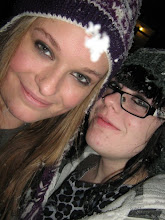- A low 3/4 angle shot is used at the beginning with only showing the bottom half of the person's body, we then see the camera move to the left seeing red shoes clearly standing out amongst the blue covered shoes.
- Then a Birds eye view of the surgical tools and then a person with a glove on placing more tools down, while a women takes a eye lash curler of the tool table.
- We then have a extreme close up of the women curling her eye lashes.
- Then a mid shot of someone doing a zip on a dress, then it changes into someone tying a scrub gown, but keeping the same angle.
- We then have a High to low angle shot on a medical drip in a medium close up shot, which also changes into a drink being poured into a martini glass.
- A wide shot appears of two people in a hospital bed, only showing their feet and legs only.
- The last thing we see is a mid shot of a curtain along the screen with a pair of red shoes of the ground.
Postmodernism in music video
8 years ago



